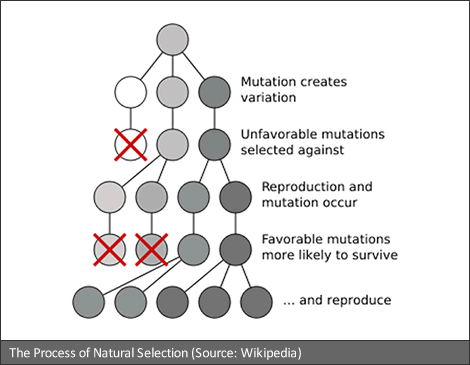This did the rounds a few years ago, but it’s worth sharing again. it’s an interview with Dave Bradley who invented Ctrl-Alt-Delete.
“…I was just trying to solve a development problem we had. Brand new hardware, brand new software, you’re testing the stuff out – it would hang up all the time! The only solution you had was to turn the power off, wait for a few seconds, turn the power back on, wait for it to go through the power-on self test, and I said – I’m writing all this code for the keyboard, let’s just shortcut it! I originally intended for it to be […] just something we were using in development. […] It was a five minute job. I didn’t realize I was going to create a cultural icon when I did it. But I have to share the credit. I invented it, but I think Bill made it famous. [Bill Gates pulls a bemused face, crowd laughs] … When you used it for NT logon! That’s what I meant! Okay… Oh boy!””
Can’t see the youtube video above?
It’s interesting that Ctrl-Alt-Delete is an annoyance that was never quite annoying enough to warrant being killed off in its youth. As a result, it’s become so entrenched that it’s here for good – a vestigial feature, like the human appendix. Useless, but part of the DNA.
Most good design processes take inspiration from evolution. In other words, a bunch of designs are tried out, the worst performers are killed off, and the best performers are bred. In real life, animals evolve through the process of mutation, sex and death. In the world of human-driven design, we don’t have this luxury, so we have to track the performance of our creations and do the breeding and the culling ourselves.
This begs the question, are you doing enough mutation, sex and death in your own design process?

Very interesting article, Harry. However, evolution is perhaps the right analogy, but for the wrong process. Dawkins famously described evolution as a ‘blind watchmaker’ as he rejected the idea of a guiding intelligence behind the evolution of successful species: it takes many unsuccessful mutations dying off to create one successful mutant, not terribly intelligent.
Thus I have often thought that too much UI design already resembles evolution, based as it is on the Darwinian principles of natural selection in the wild.
In the same way that architects inflicted their 1960s ‘experiments’ in modern living on the landscape, designers have often seen it as their right, nay their duty, to spew forth thousands and thousands of UI variants onto the marketplace, just to see which ones work. We are only just beginning to see Darwinian principles at work, as designers begin to twig that products with strong UI’s perform better.
I see what you mean, but I wasn’t advocating using natural selection in the absence of good design principles and practices. That would be silly.
If you try to apply the essence of natural selection to human-driven design, you have to decide what alternatives to build, what KPIs to monitor, how to monitor them, when to kill them off, and most importantly, how to achieve useful results within months, not millenia. That’s pretty much what User Centred Design aims to do, and I know you advocate that as a process :-)
Genetic algorithms are used extensively in optimisation and in aircraft design. -Check out Daniel Raymers work on different culling processes on:
http://kth.diva-portal.org/smash/record.jsf?pid=diva2:9120
Pingback: Ron, just another designer » Origins of CTRL ALT DEL
Pingback: Revue de web: Il est Barack Obama | Smabite Votre Actu
Pingback: » Random Acts of Linkage #118 ::: Subversive Influence